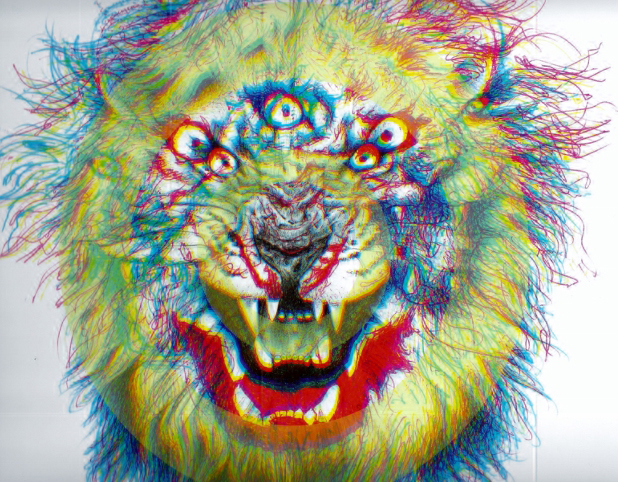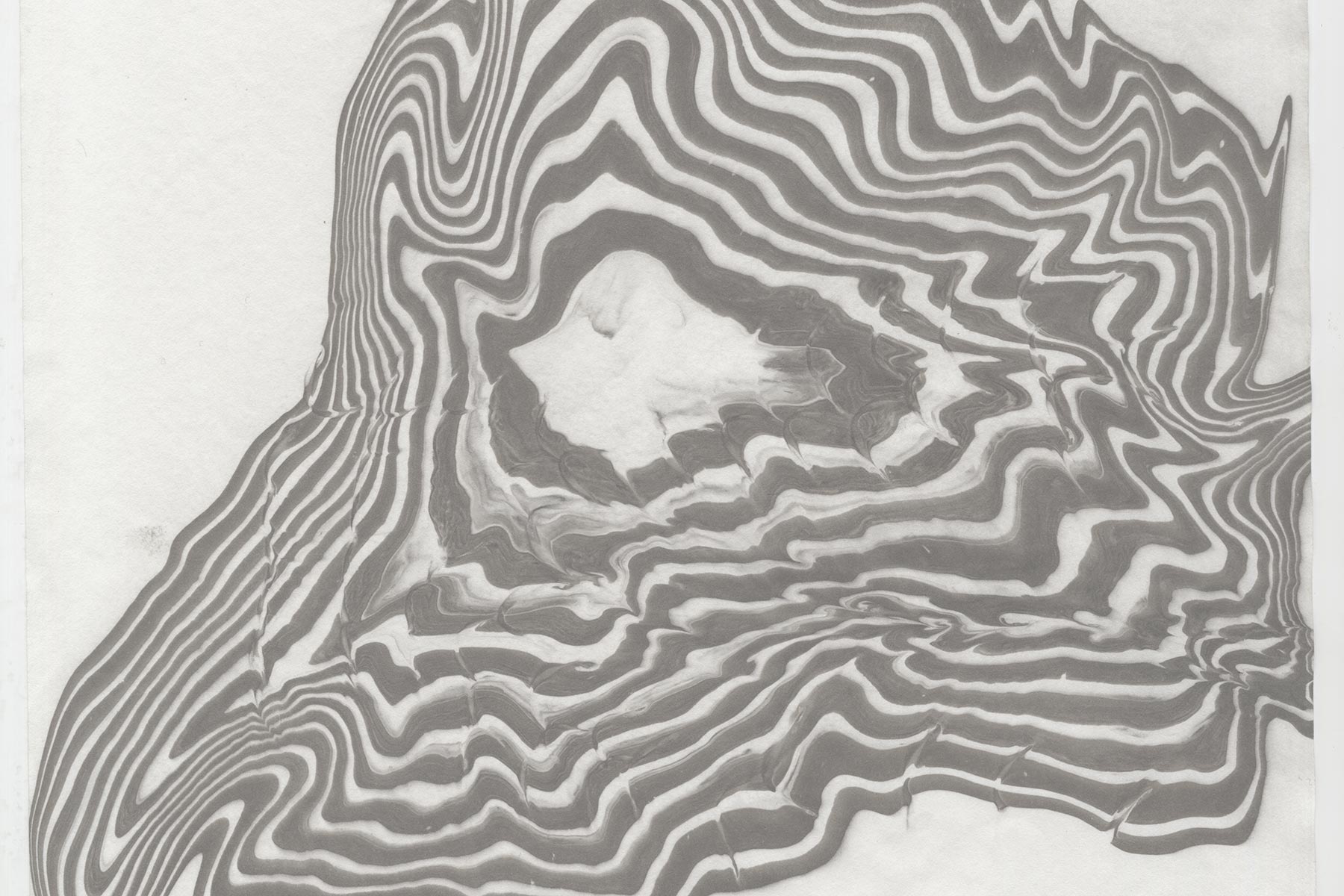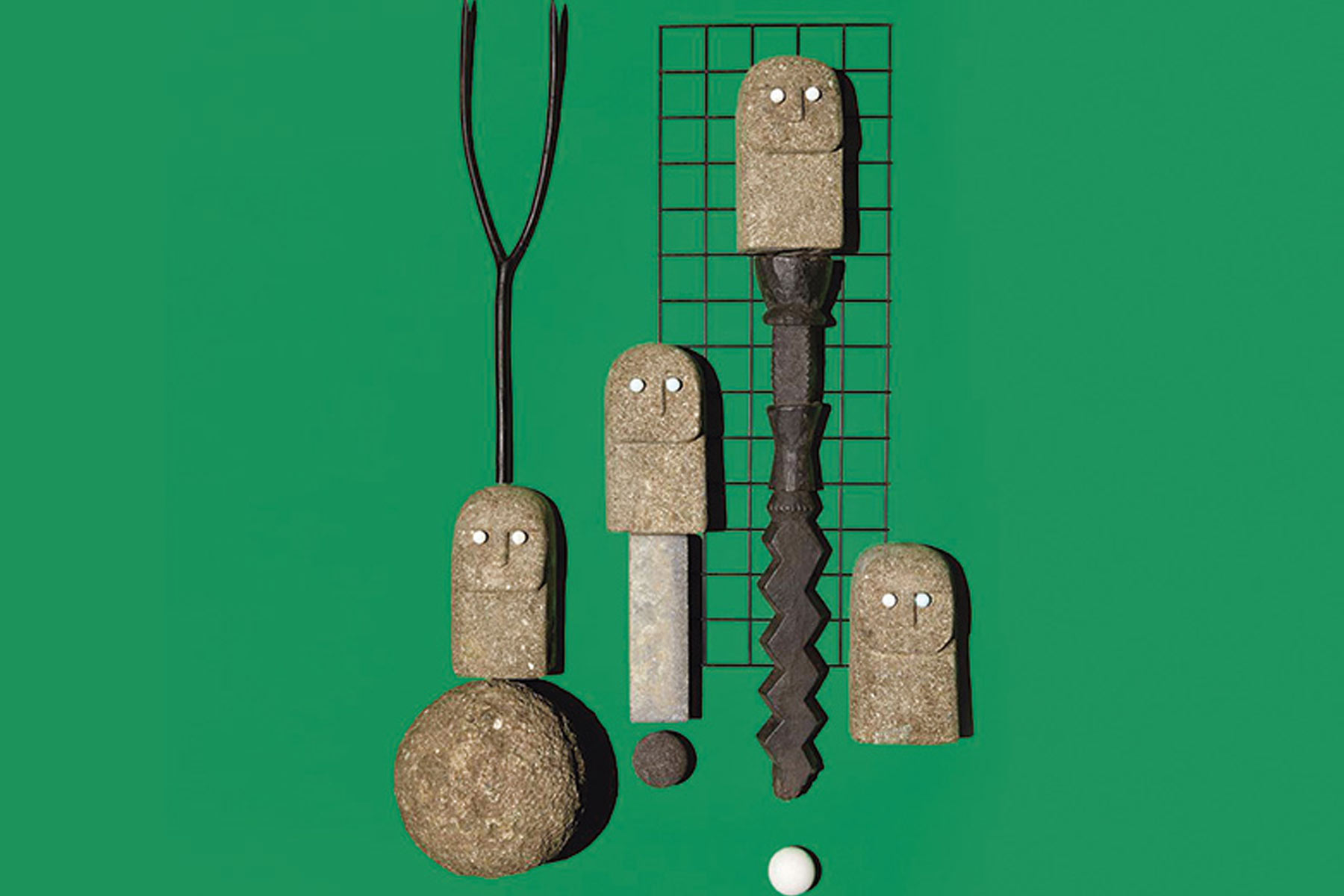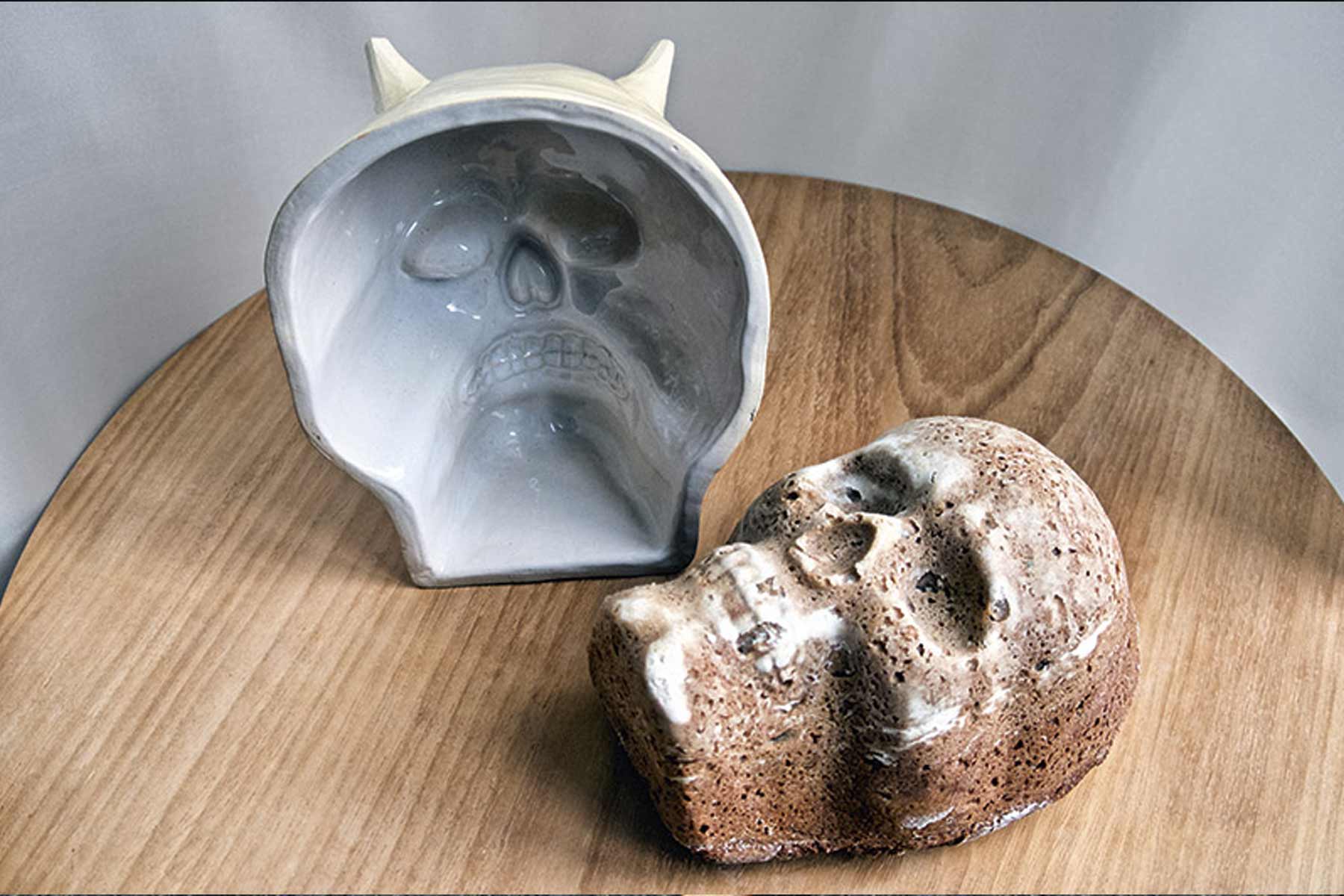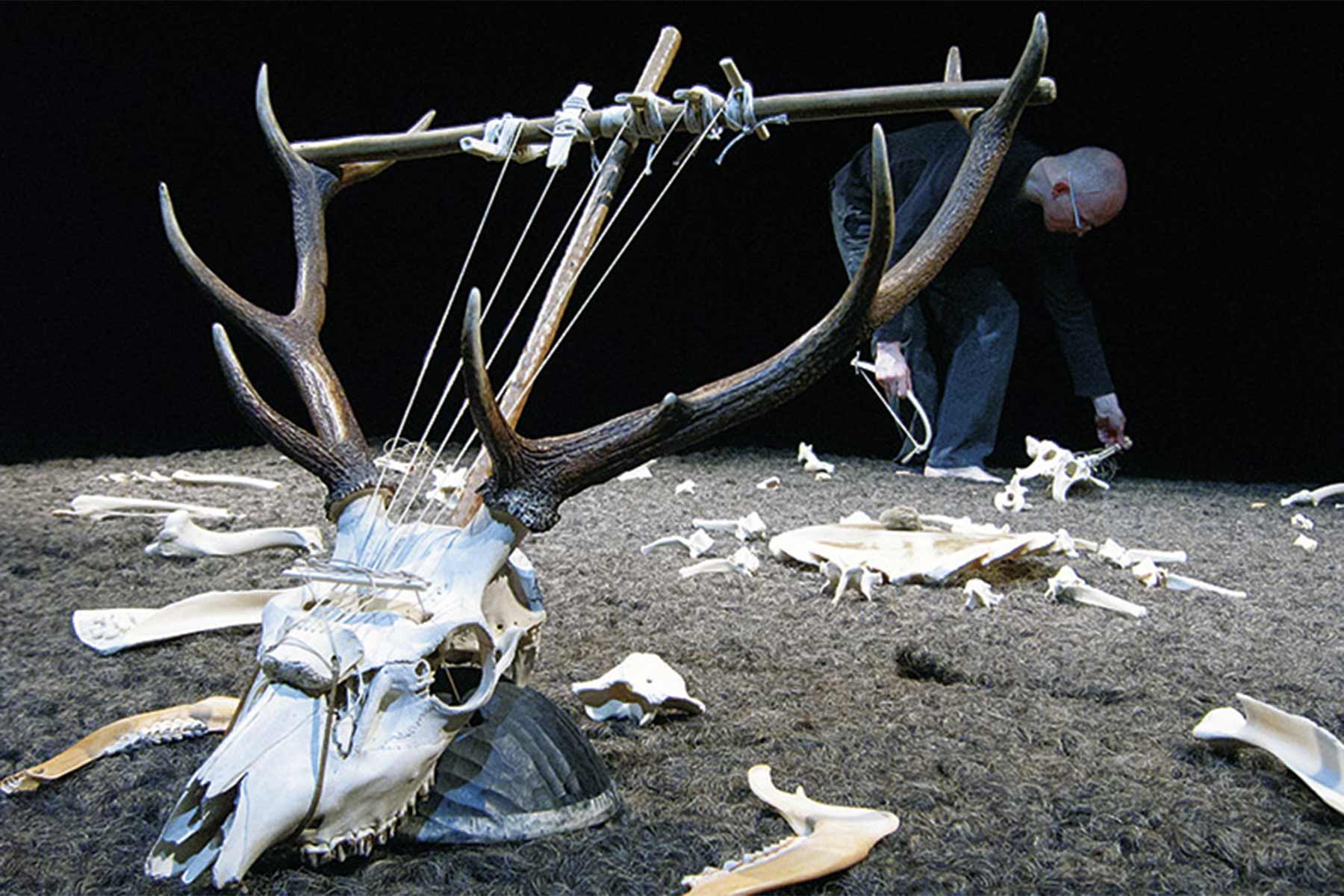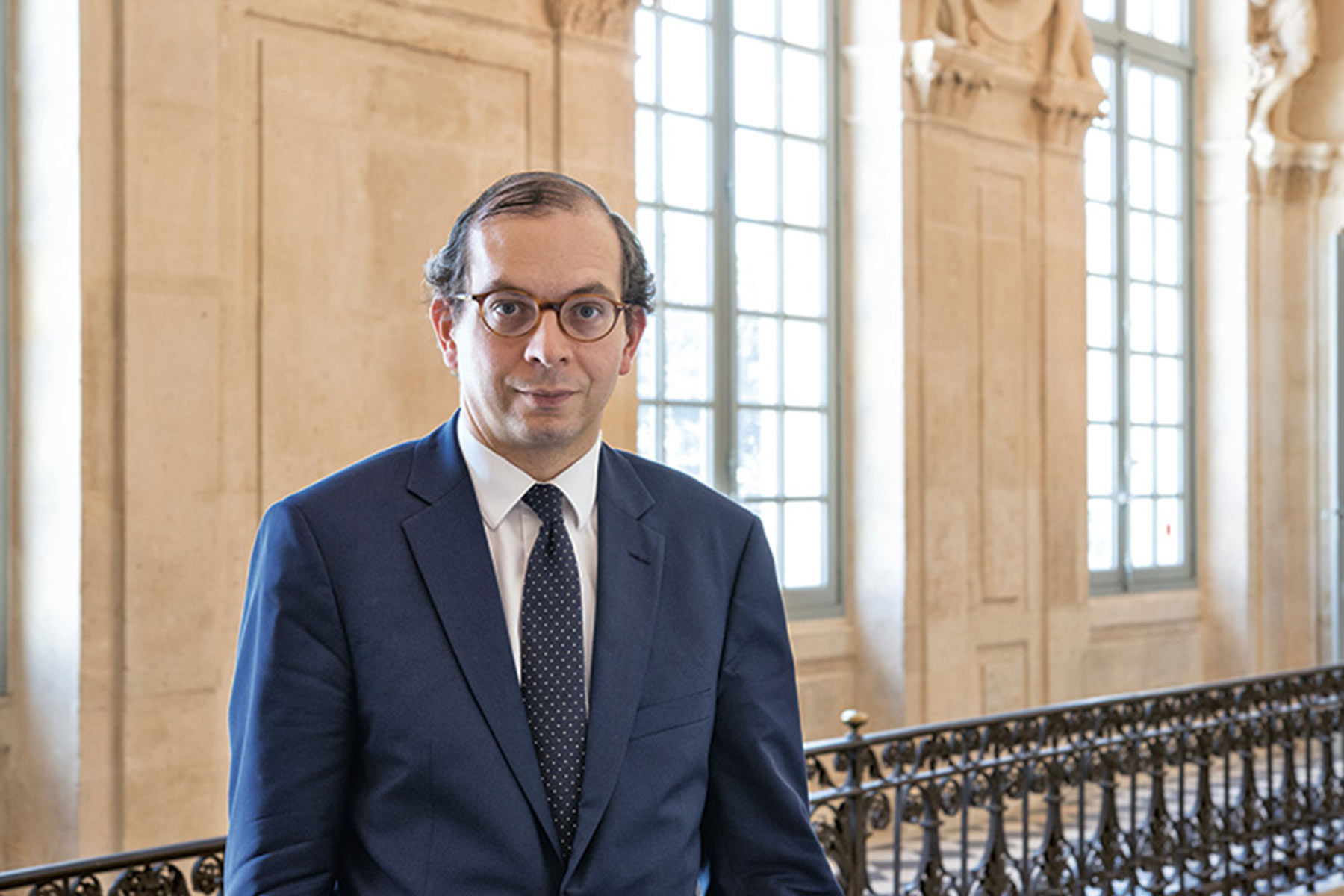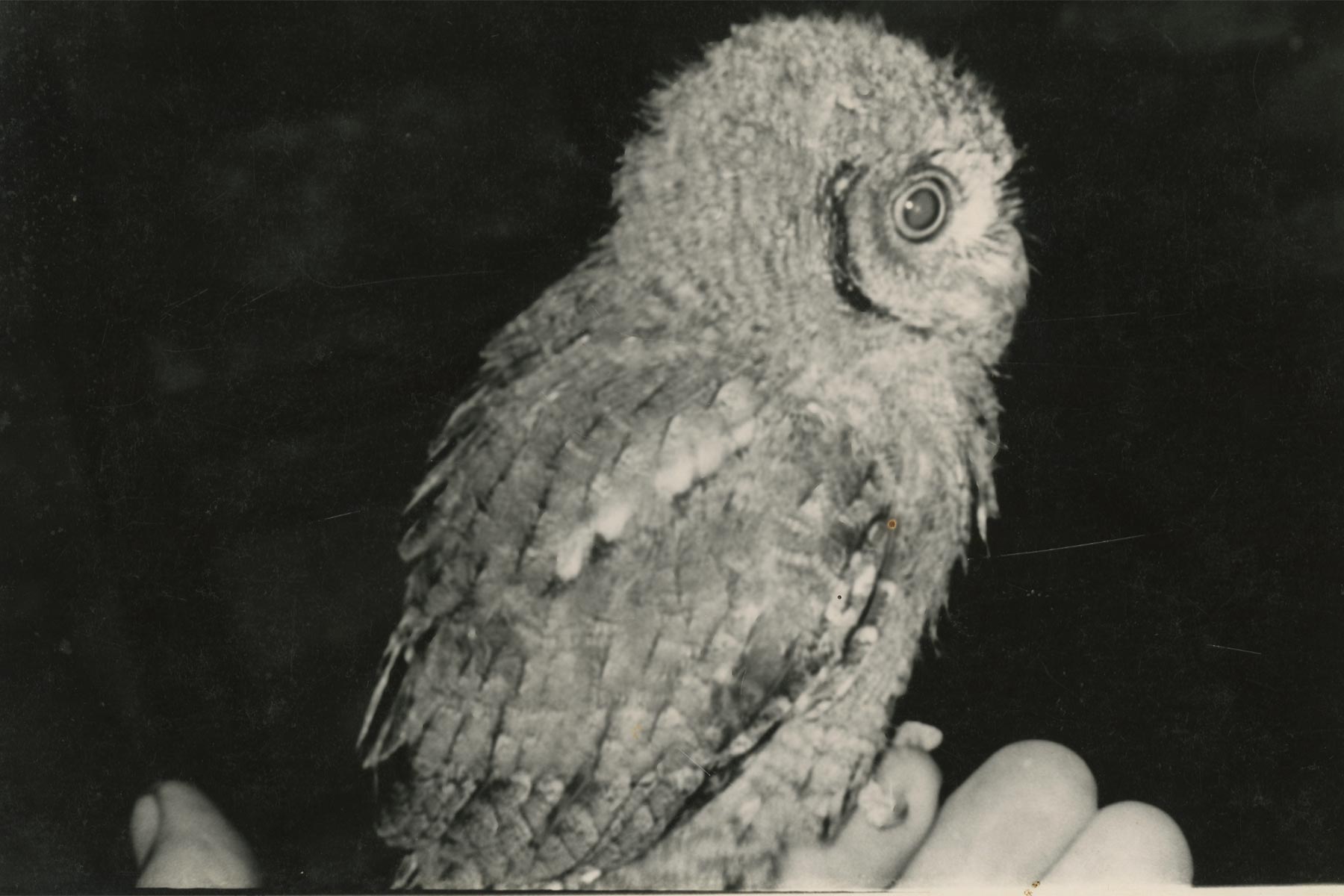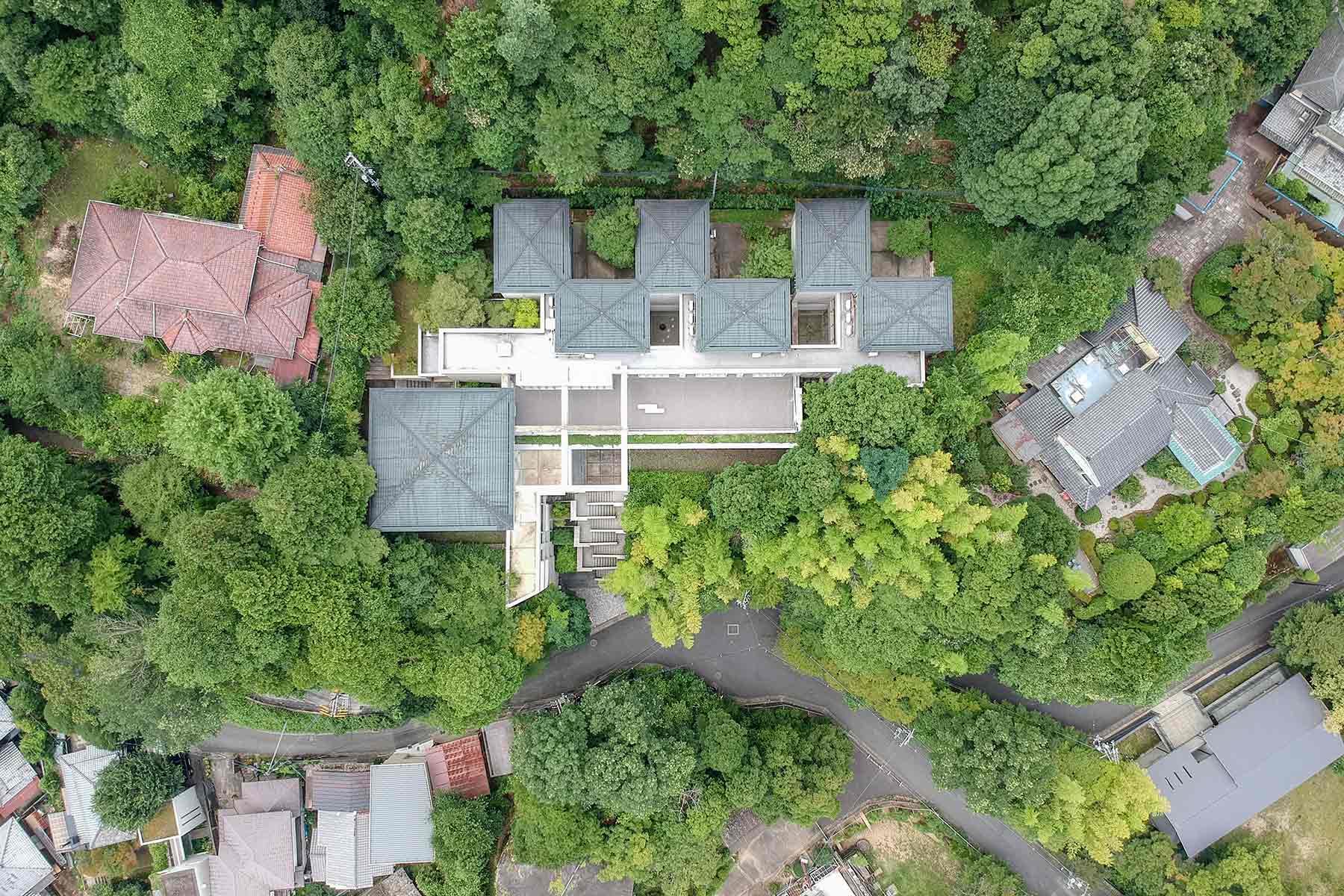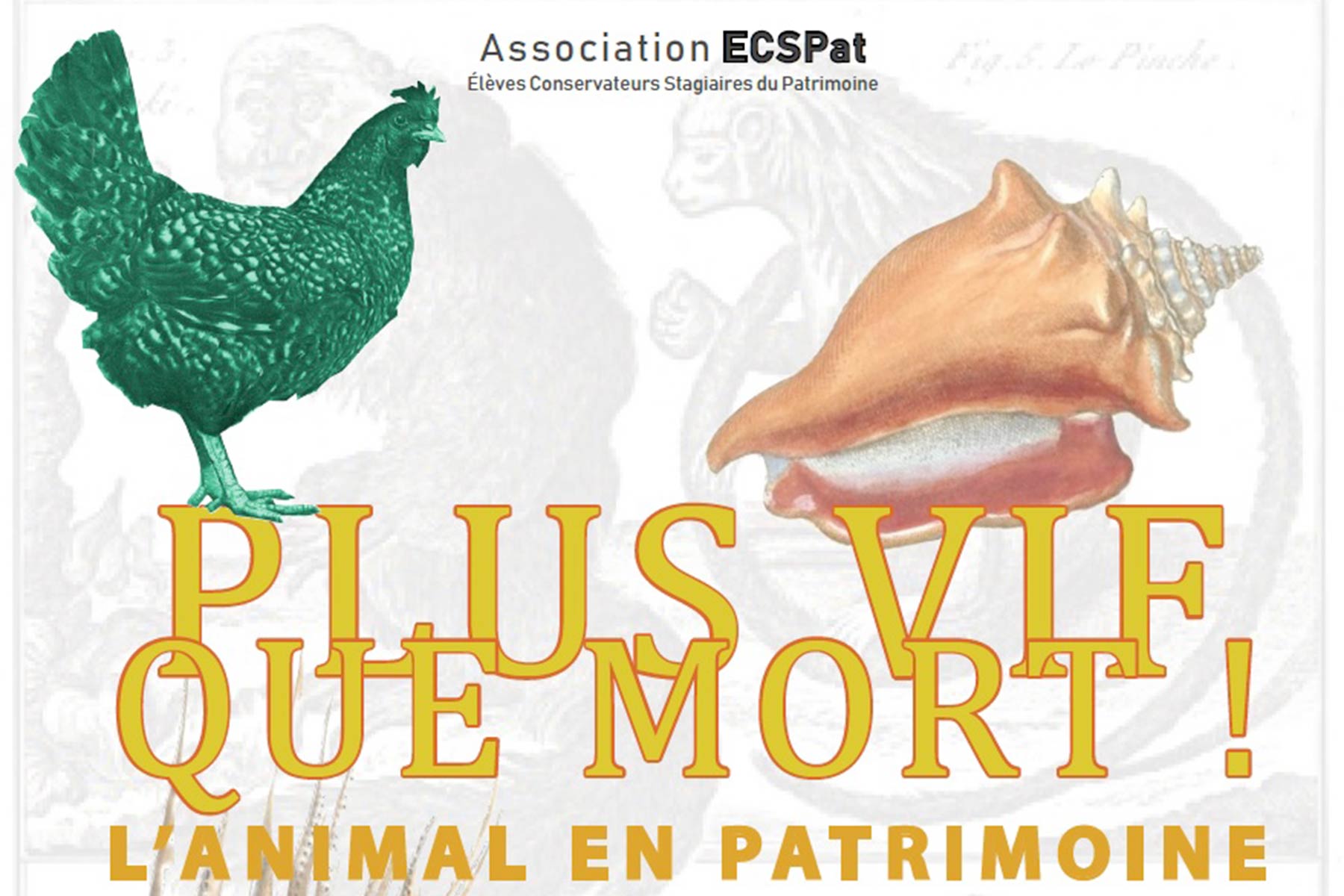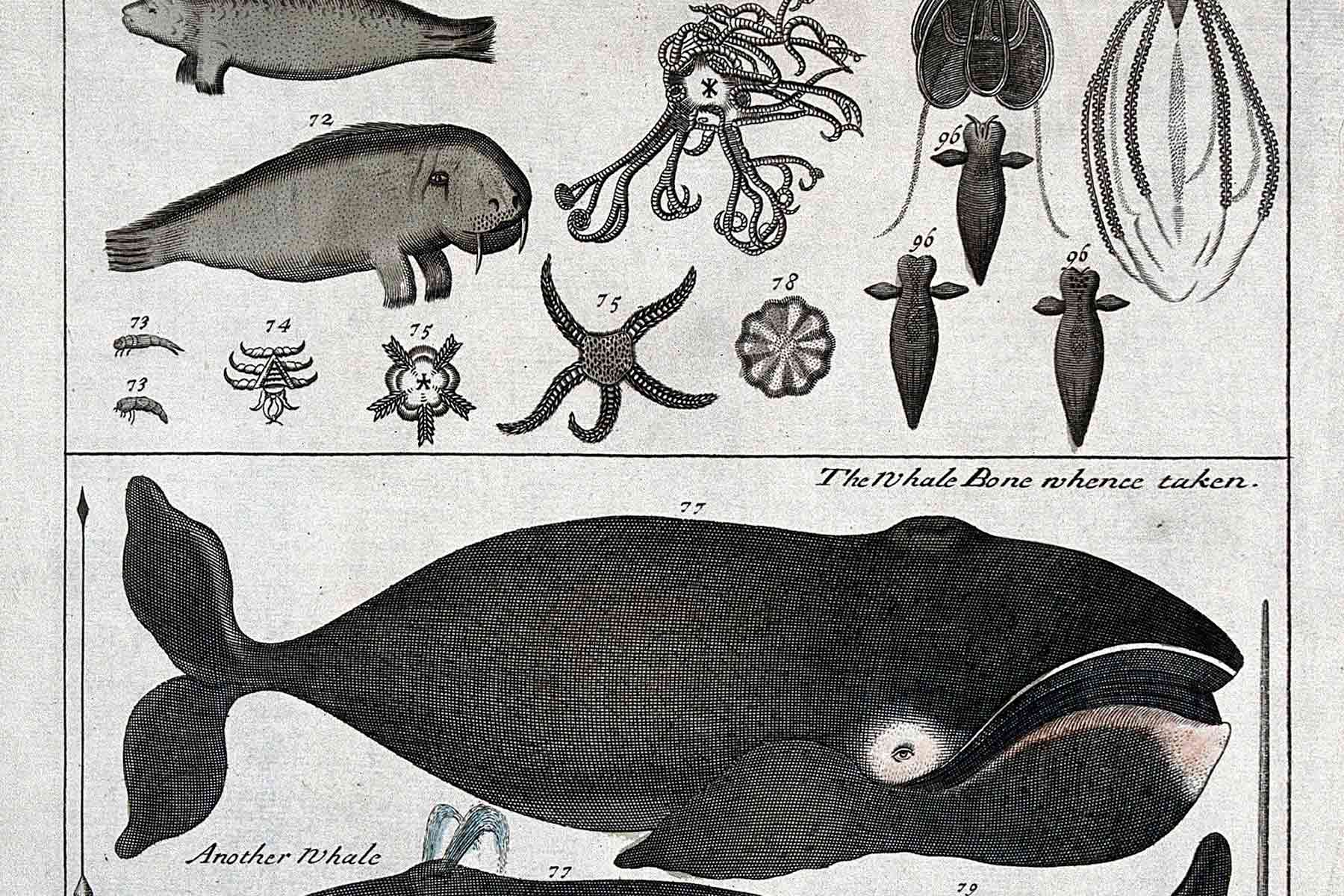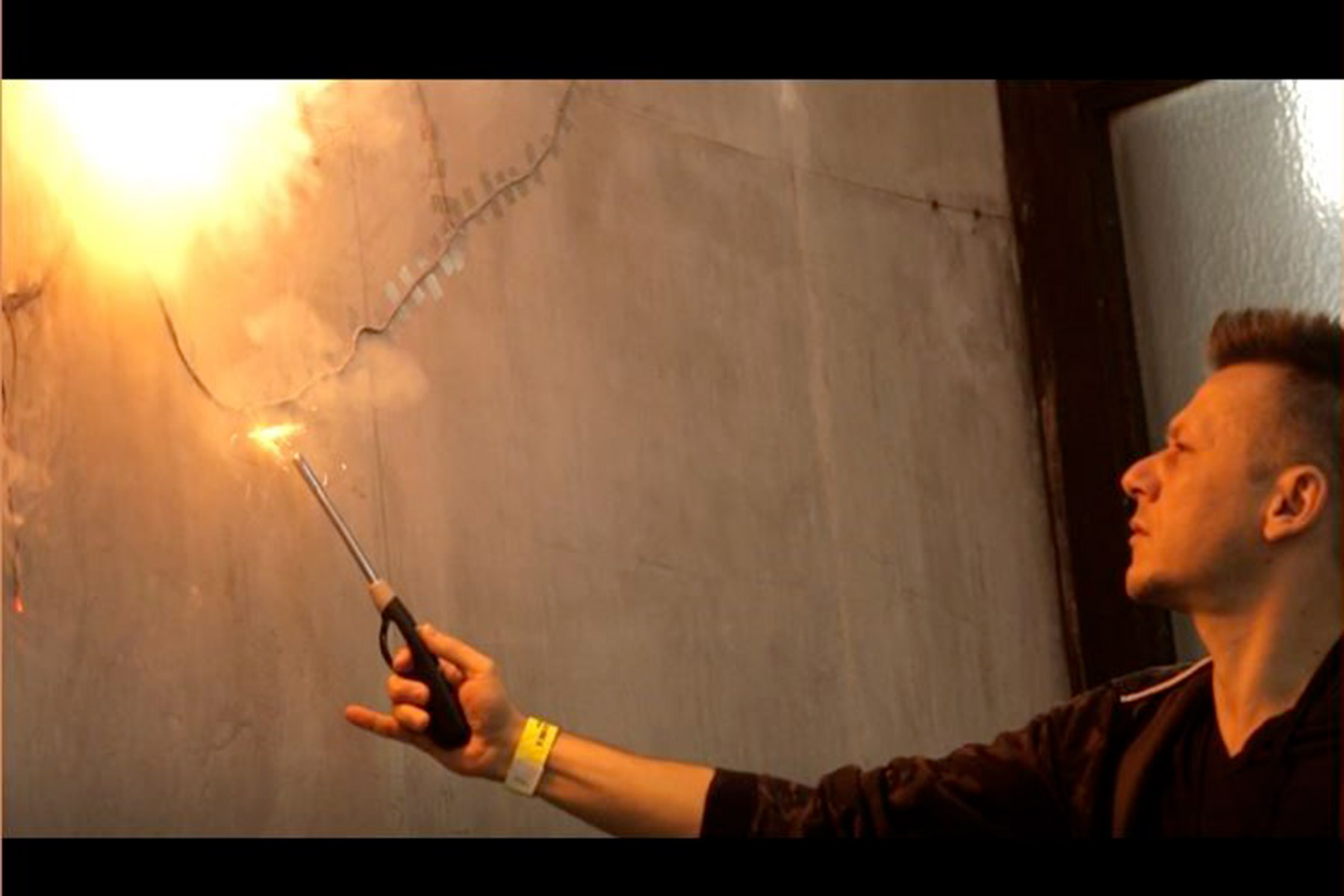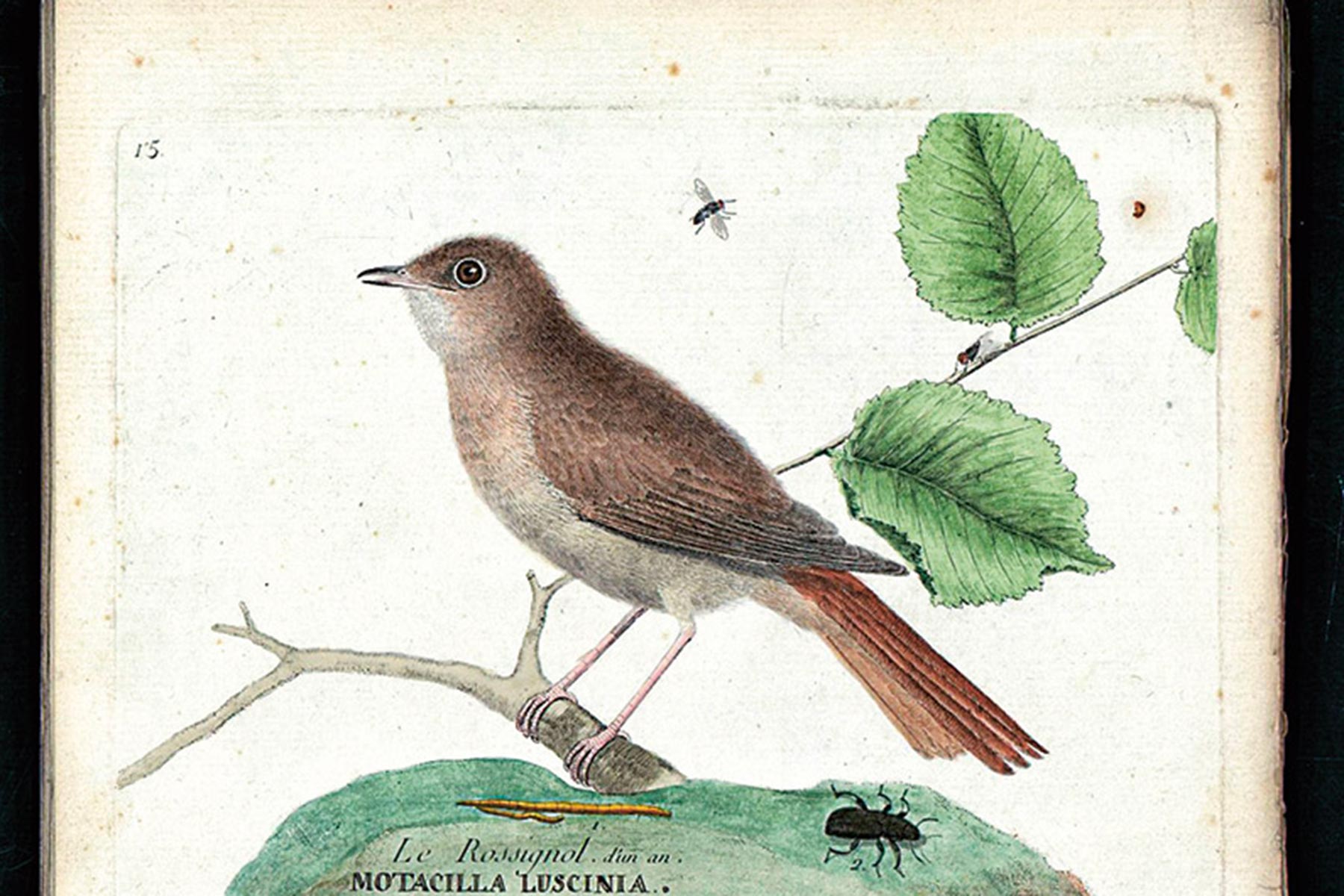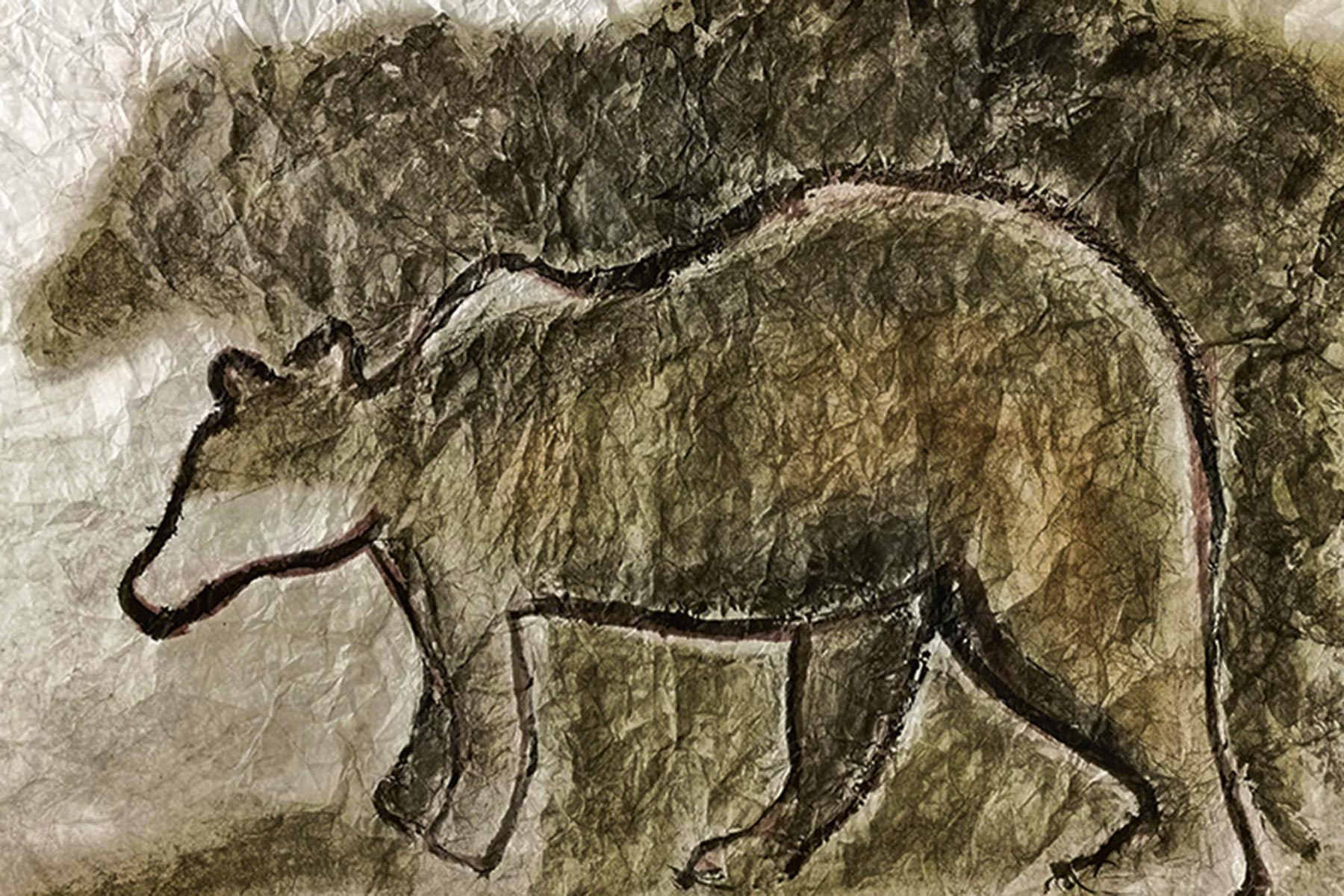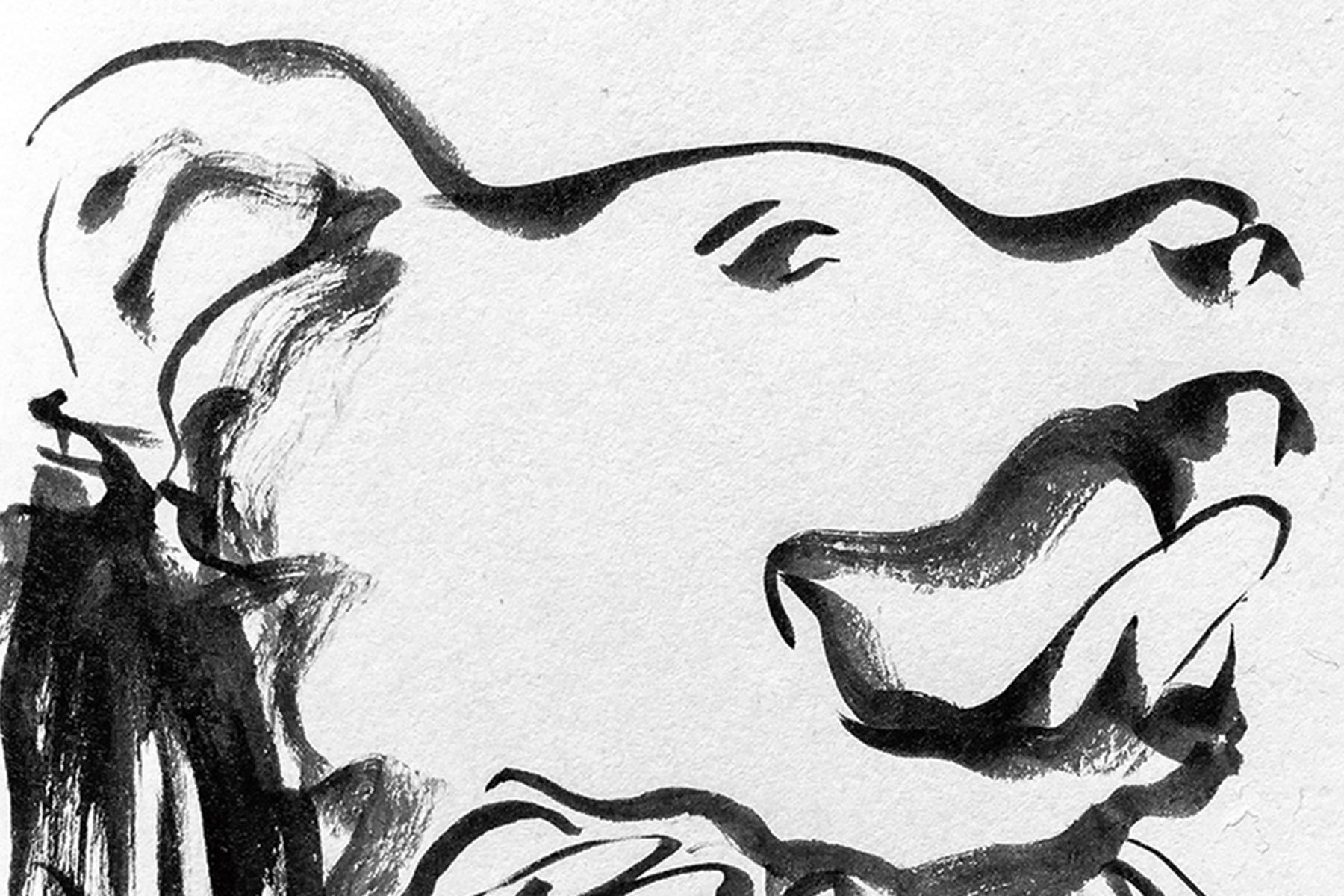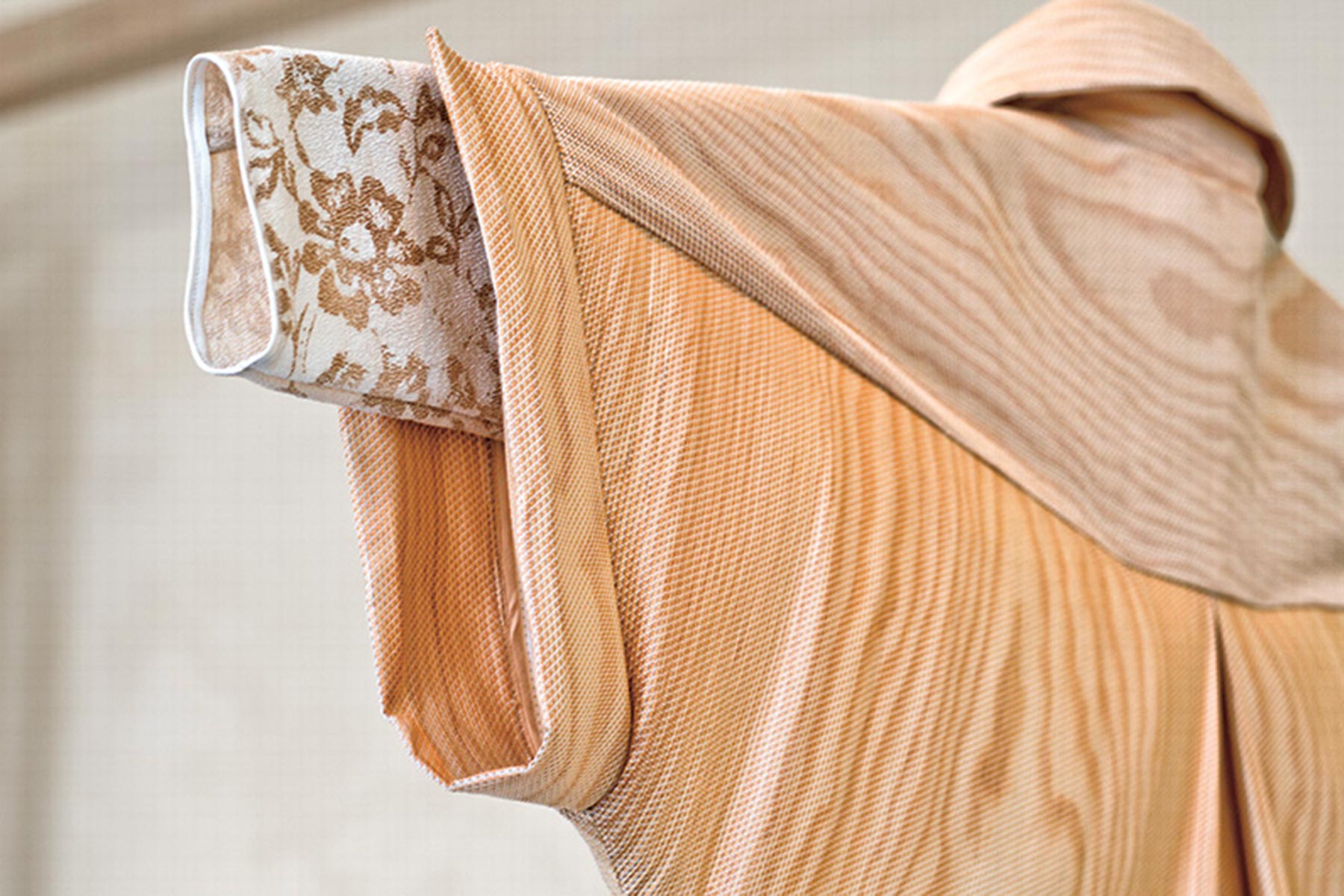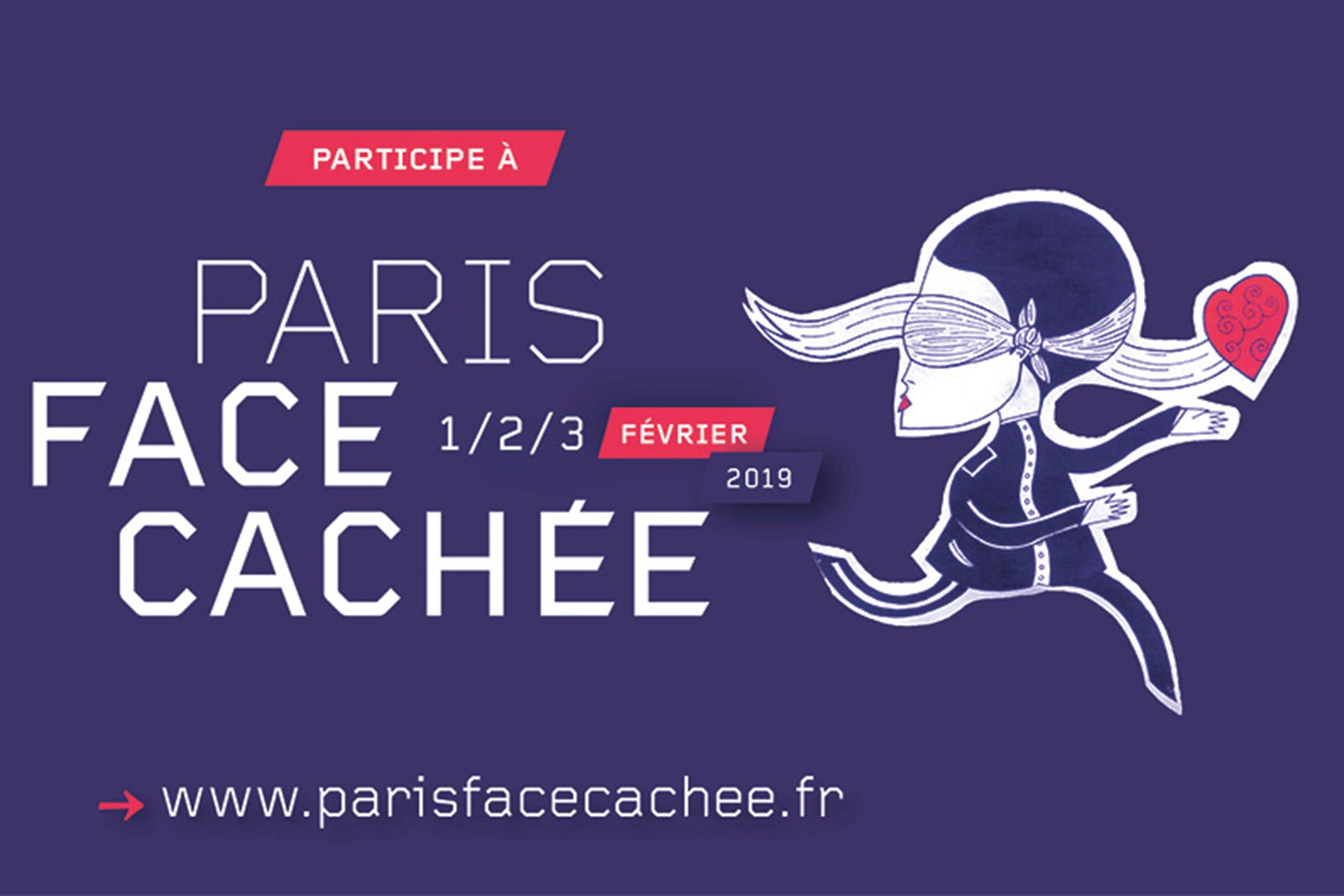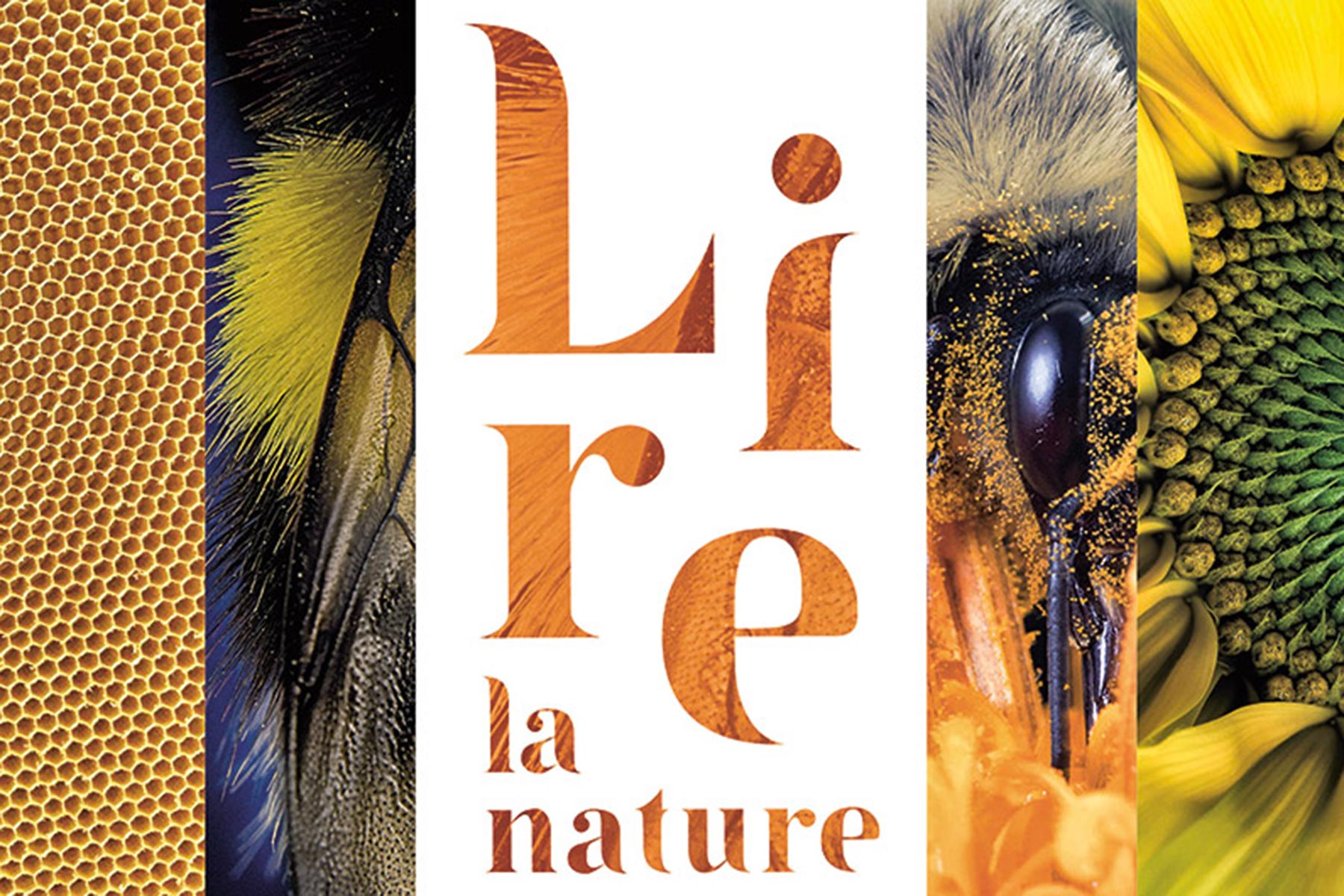Wednesday 21 May 2025 ↦ 19h00
AI and innovative solutions: the tools of the future at the service of nature
Men-Nature dating #9
Homme-Nature Dating #9-Book your place Wednesday, May 21, 2025, 7 p.m., in the Jacqueline Sommer auditorium (Paris, 3rd). What do new technologies bring - AI, genomic, bioacoustic sequencing, user applications - to the scientific knowledge of nature and its sustainable management? The François Sommer foundation organizes this meeting-debate, face-to-face and distant, by free and compulsory reservation.
(Automatically translated with Google Translate)
Take your ticket for the future of natural sciences! From artificial intelligence (AI) to bioacoustics through image analysis and analysis of genomic sequences to establish the status of conservation of a species, come and attend an exciting debate between researchers, specialists and professionals around digital tools that help - already - the management of biodiversity and wildlife: Guillaume Achaz, professor at the University of Paris and Research at the Collège de France.simon Chamaillé-Jammes, Research Director at CNRS, Center for Functional and Evolutionary Ecology Laboratory (CEFE), based in Montpellier. Nicolas Mathevon, professor at the University of Saint-Etienne, senior member of the University Institute of France and Director of Study at the Practical School of Hautes Etudes-PSL.Pascal Lapébie, scientific director of the National Federation of Hunters. Dating-debate hosted by Charlie Perreau, journalist and head of the tech service in the newspaper Les Echos. To register for the face-to-face event, click here. To register for the distant event, click here. Genome to the preservation status of a speciesimaginez ... A researcher takes a little blood from a wild animal. From its genome and data of occurrence of the species, it can provide, in a very short time and at a reduced cost, a global vision of the status of conservation of the population (that is to say, its state of health for laymen). This is not science fiction, but the work of Guillaume Achaz, guest of this Nature Man Meeting #9 whose project estimate conservation statutes by a quantitative approach (MNHN/Collège de France) was supported by the François Sommer Foundation. "It is no longer a question of counting individuals for decades with the margin of existing inaccuracies. Another promise of the tool: the best knowledge of insects, mushrooms and other microorganisms on which counts today are almost nonexistent, "he said. This promising approach nevertheless comes up against scientific and technical difficulties which will be exposed. Artificial intelligence and analysis of photo traps, between speed and automaticity the analysis of images will also be at the heart of this meeting. Did you know that today researchers are working on photo analysis tools allowing massive and automated processing based on AI? This is the case of the Deepfaune tool, a European -scale program for which Simon Chamailé Jammes and Vincent Miel are responsible for CNRS. For researchers, national parks and other managers of natural spaces, it is saved time. "Automation of the process avoids tens of hours to analyze pictures from photo traps. The performance of the analysis now reaches 99% precision, "says Simon Chasaillé-Jammes that you can listen to during this meeting. Algorithms to study the sound landscapes in bioacoustic the Bioacoustics tools decipher the sound signals of animals and provide multiple information on fauna present in a habitat, both static (presence, sex, age ...) (social interactions, etc.). From the penguin of the Cap to the Alpin Lagopède, Nicolas Mathevon, Scientific Prize François Sommer 2022, will come to explain the work he is carrying out with his teams, around the world. "Innovative solutions are at all levels of bioacoustics. Materials itself which must bear the environmental constraints -rain, natural elements -, to the massive storage of continuous data through the treatment of the latter via algorithms, "specifies the researcher and explorer. What information is coded in the sound landscapes of Maputo National Park for example? How can this help managers of natural spaces? How to analyze and sort this amount of data? This is where AI helps humans. IA for monitoring hunting birds of hunting samples have been used for a long time to study the demography of populations. The Chassadapt application allows hunters to record all their samples. It was enriched in 2024 of a functionality of taking photos and an AI of real -time image analysis, which automatically determines the sex and the age of birds. This work, supported by the OFB, is coordinated by Pascal Lapébie, scientific director of the National Federation of Hunters. "The AI allows all hunters to participate in data collection directly from the field. The proportions of males and females and those of young people and adults are parameters that make it possible to assess the demographic structure of a population and to anticipate its dynamics, "he said. A tool in favor of a lasting hunt, which you can discover during this meeting.


.png)
.png)



.png)
